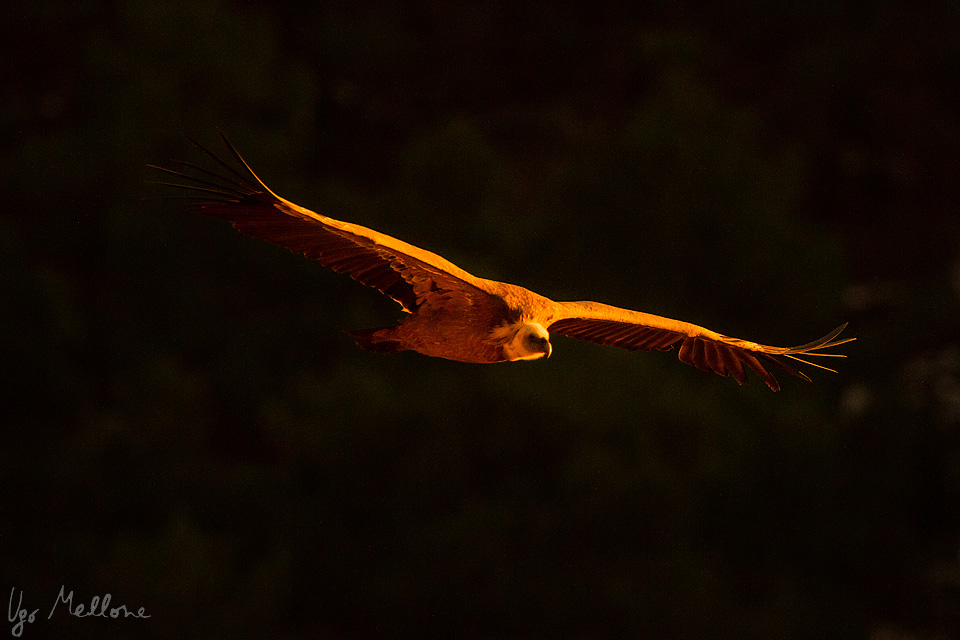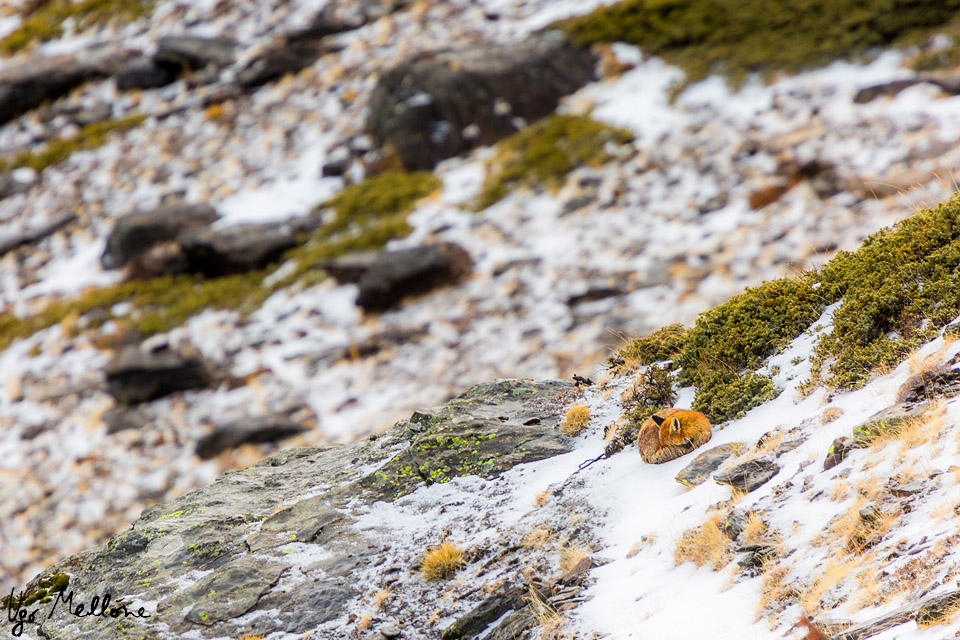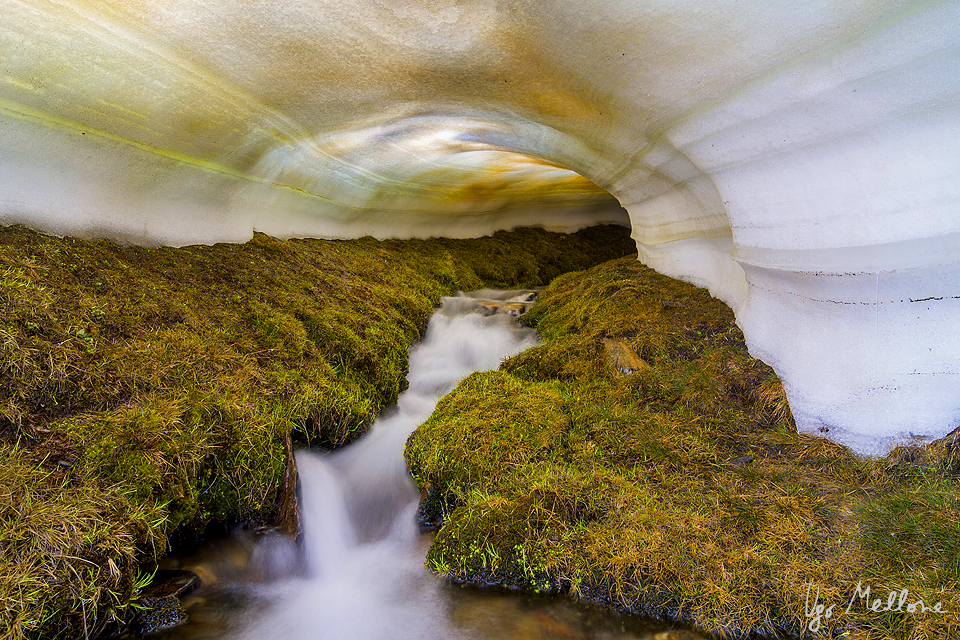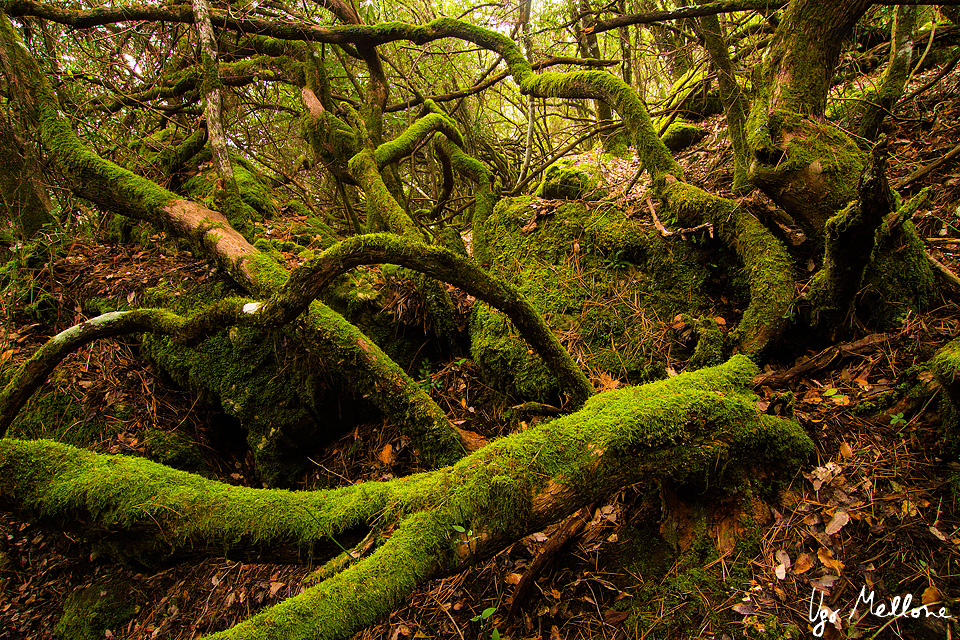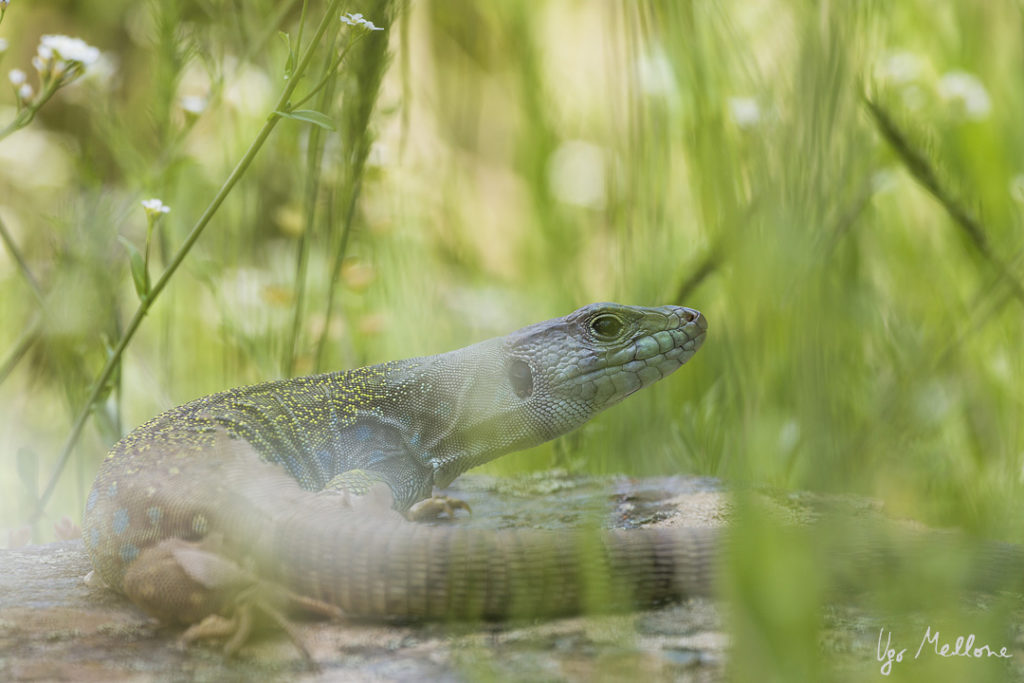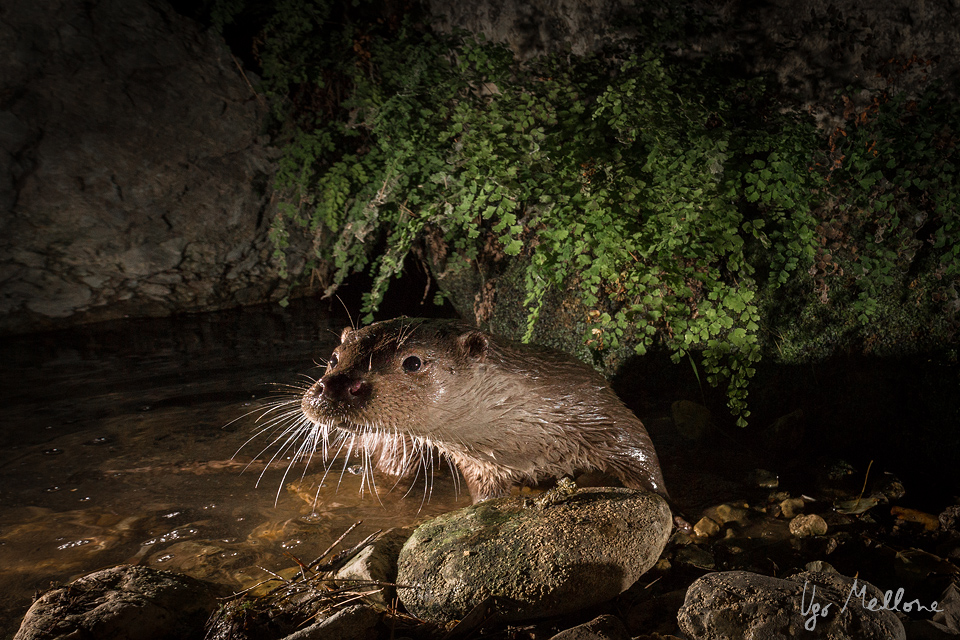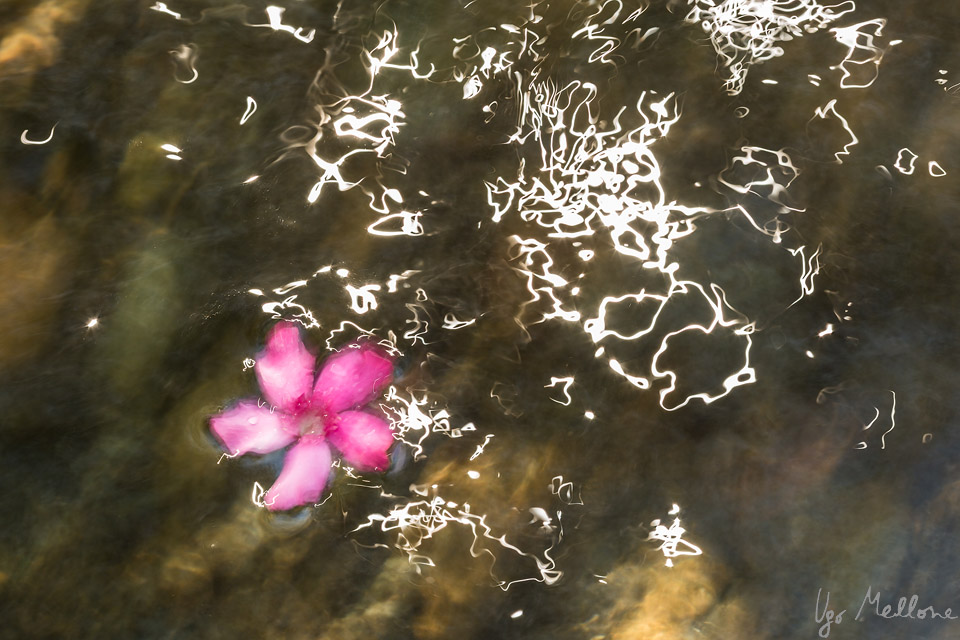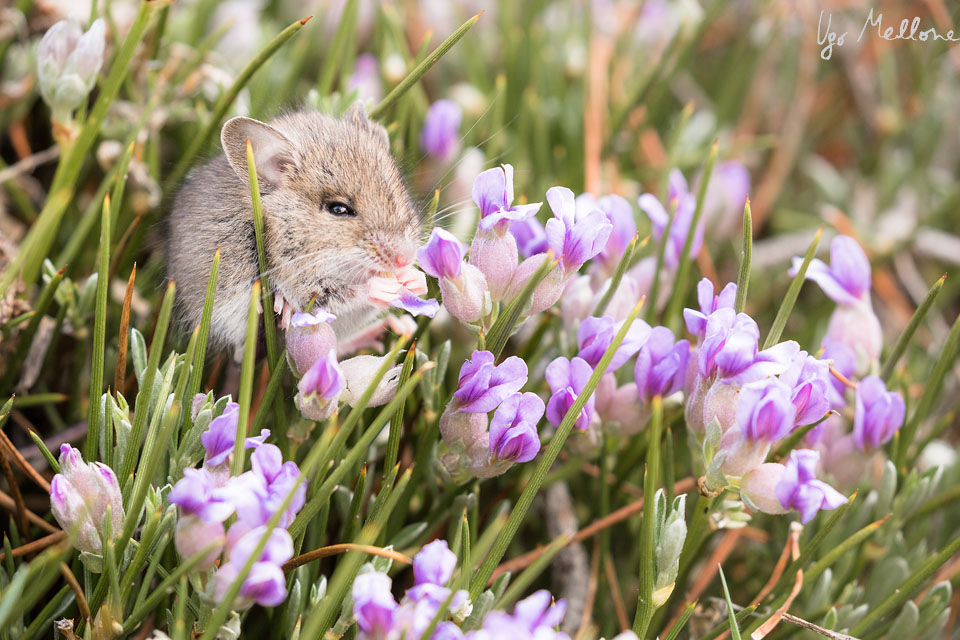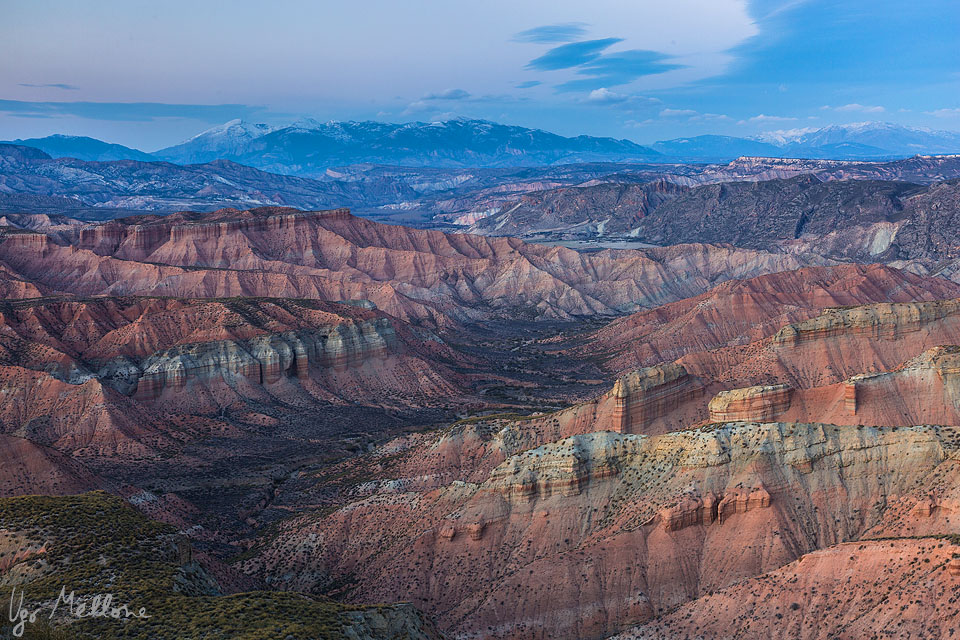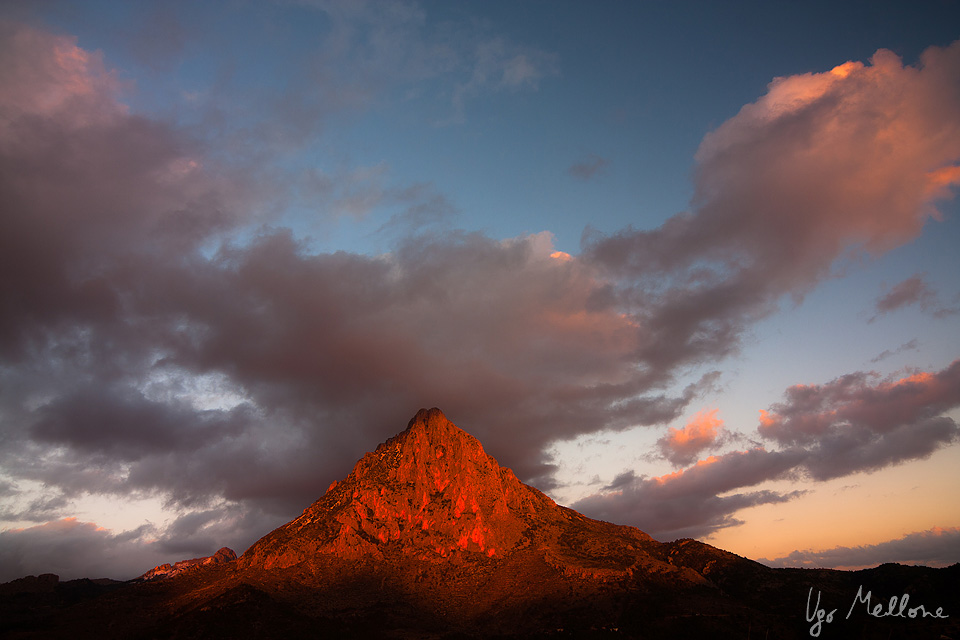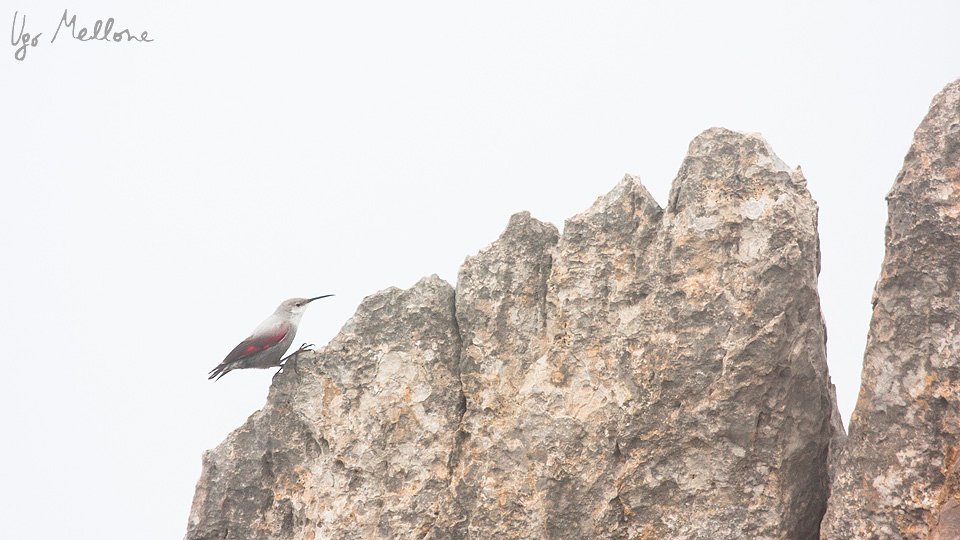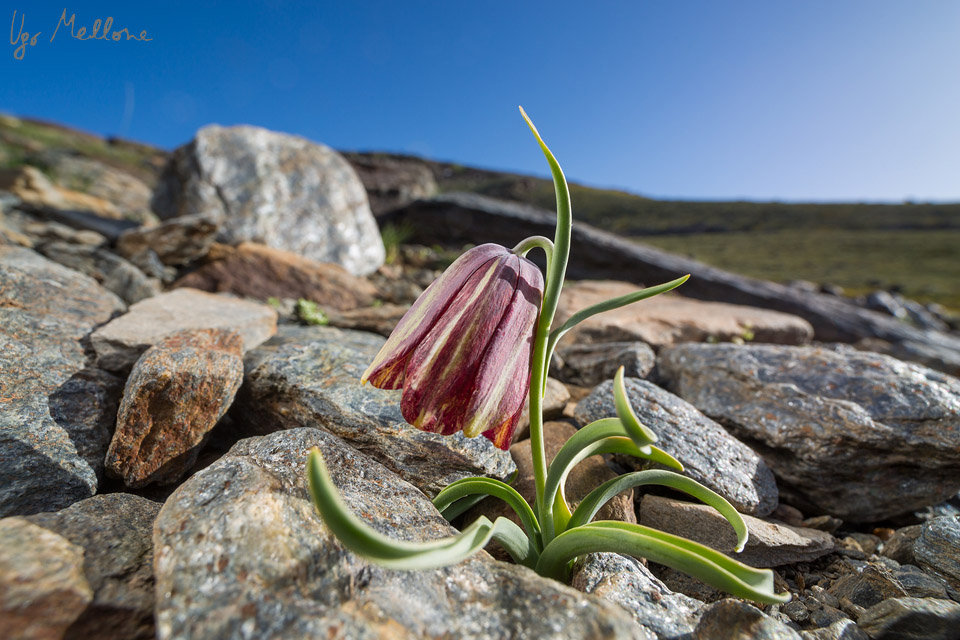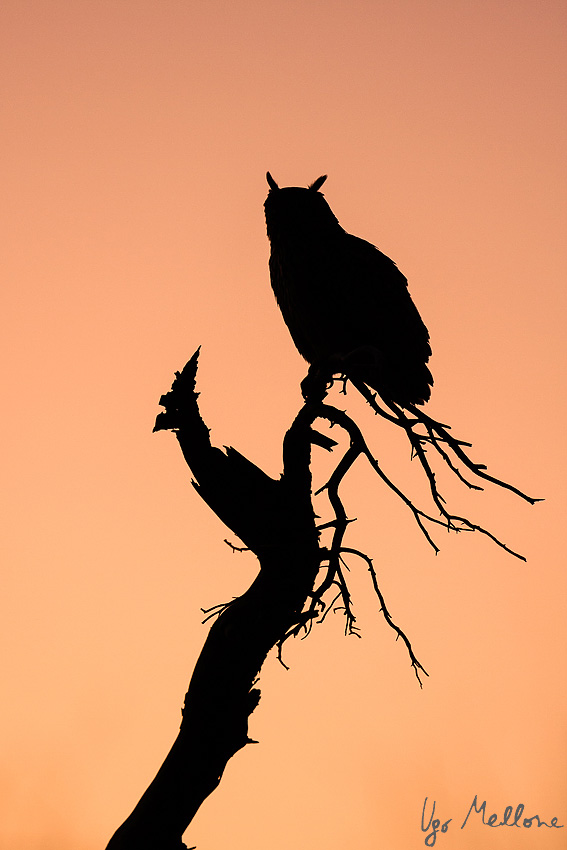Las Béticas
Alcazaba peak (3371m), in a full moon night. Sierra Nevada National Park.
26/1/2014. Griffon vulture (Gyps fulvus). Sierra de Cazorla.
6/3/2014. Ice on the highest peaks of Sierra Nevada National Park.
29/12/2014. Winter in Sierra de Baza.
15/1/2016. A fox sleeping surrounded by the first snow
19/5/2014. Spring is born: ice melting in Sierra Nevada National Park.
28/1/2014. "Labyrinth" forest in Sierra de Cazorla.
A "Baetic" ocellated lizard, Timon nevadensis. Recent research suggests that this taxon (restricted to SE Spain) should be considered as a separate species from Timon lepidus, also given the distinct habitat preferences. These lizards are getting more an more scarce, probably because of pesticides and the consequent decrease of their invertebrate preys.
15/10/2017. Otter (Lutra lutra) photographed with a camera trap.
19/7/2017. Oleander's leaf in a mountain stream.
21/4/2012. Dasytid beetle feeding on Cistus incanus. Barranc del Infern (Alicante).
14/5/2016. Wood mouse (Apodemus sylvaticus) and blue broom.
17/2/2016. Sierra de Cazorla and Castril(on the background) rising above the semi-arid landscape of the Guadix badlands.
3/5/2012. Pine forest, Sierra de Segura. During the pre-breeding period, Eleonora's falcons visit inland areas, mainly close to coniferous forest, in order to take advantage of insect concentrations. A satellite tracked falcon from Mallorca visited just the Sierra de Segura mountain range. See chapter VII of my thesis.
15/12/2009. Puig Campana.
12/12/2009. Wallcreeper (Tichodroma tichodroma), Puig Campana.
2/11/2013. Iberian ibex (Capra pyrenaica), Sierra de Cazorla.
24/6/2016. Fritillaria lusitanica at 2600 m, Sierra Nevada National Park.
24/11/2009. Eagle owl (Bubo bubo) after sunset, waiting for the right conditions ti begin a hunting night. Sierra de Escalona.
28/1/2016. Corn oak forest in Sierra de Lújar after the fire of summer 2015
The Baetic system is a chain of sierras spanning from the Strait of Gibraltar until the island of Mallorca, and reaching, in Sierra Nevada, the highest altitudes of any European mountain outside the Alps. These areas hold a big variety of forests, gorges and cliffs, being the shelter of species that are well adapted to such a harsh environment, subjected to climatic conditions that can change a lot throughout the year. Among the most emblematic species is worth to highlight the Spanish ibex, very widespread especially in Andalusia, and the Spanish fir, a coniferous tree endemic of the southernmost mountains, a glacial relict present nowadays only in some North-facing slopes.
La Cordigliera Betica è un insieme di sierras che si estende dallo Stretto di Gibilterra fino all’isola di Maiorca e raggiunge, in Sierra Nevada, le maggiori altezze di qualunque montagna europea al di fuori delle Alpi. Questi massicci custudiscono una gran varietá di boschi, gole e pareti, rifugio di specie ben adattate a un ambiente così accidentato e soggetto a condizioni climatiche molto variate. Tra le specie piú emblematiche va ricordato lo stambecco ibérico, ben diffuso soprattutto in Andalusía, e l’abete di Spagna, conifera endemica dei massicci piú meridionali, un relitto glaciale ormai presente solo in pochi versanti esposti a Nord.
La Cordillera Bética es un conjunto de sierras que se extiende desde el Estrecho de Gibraltar hasta la isla de Mallorca y alcanza, en Sierra Nevada, las mayores altitudes de cualquier montaña europea fuera de los Alpes. Estos macizos atesoran una gran variedad de bosques, gargantas y cortados, refugio de especies bien adaptadas a un medio tan abrupto y sometido a condiciones climáticas muy variadas. Entre las especies más emblemáticas destaca la cabra montés, bien representada sobretodo en Andalucía, y el pinsapo, conífera endémica de las sierras más meridionales, relicto glacial presente hoy en día solo en pocas zonas de umbría.
.




